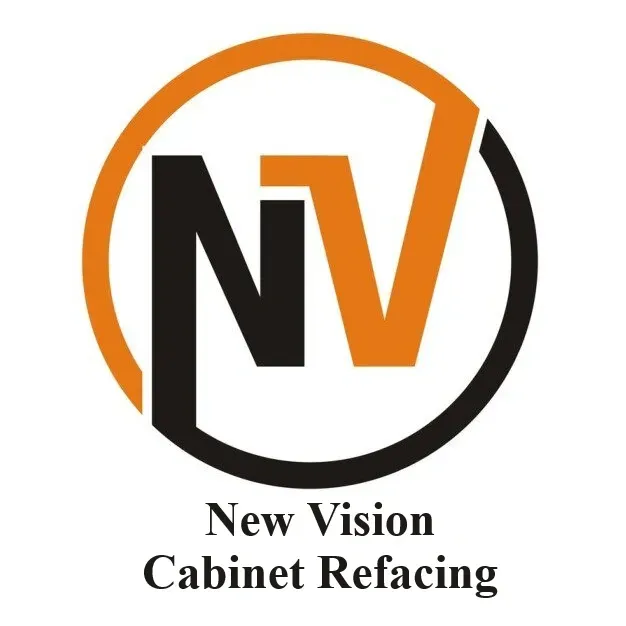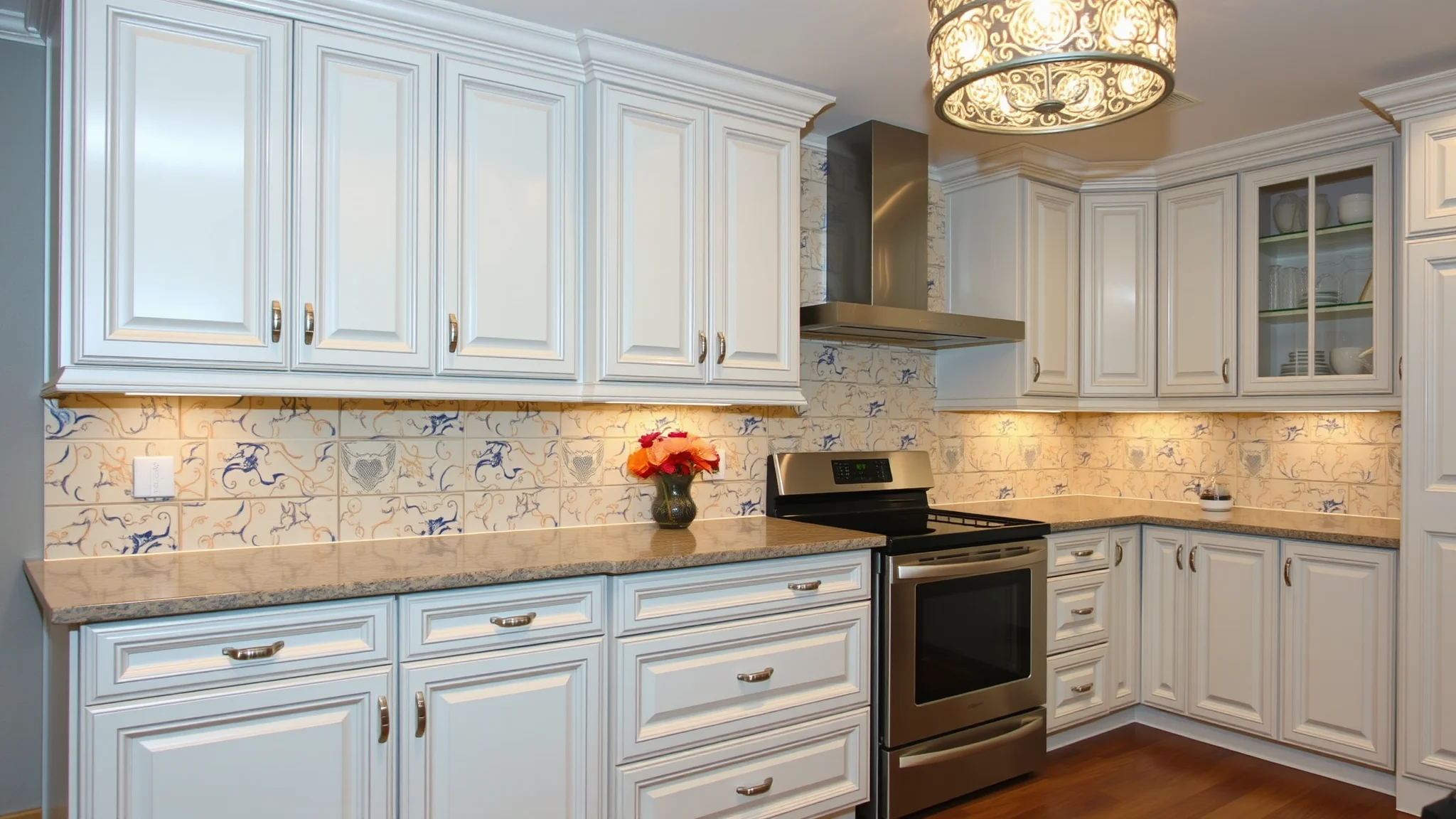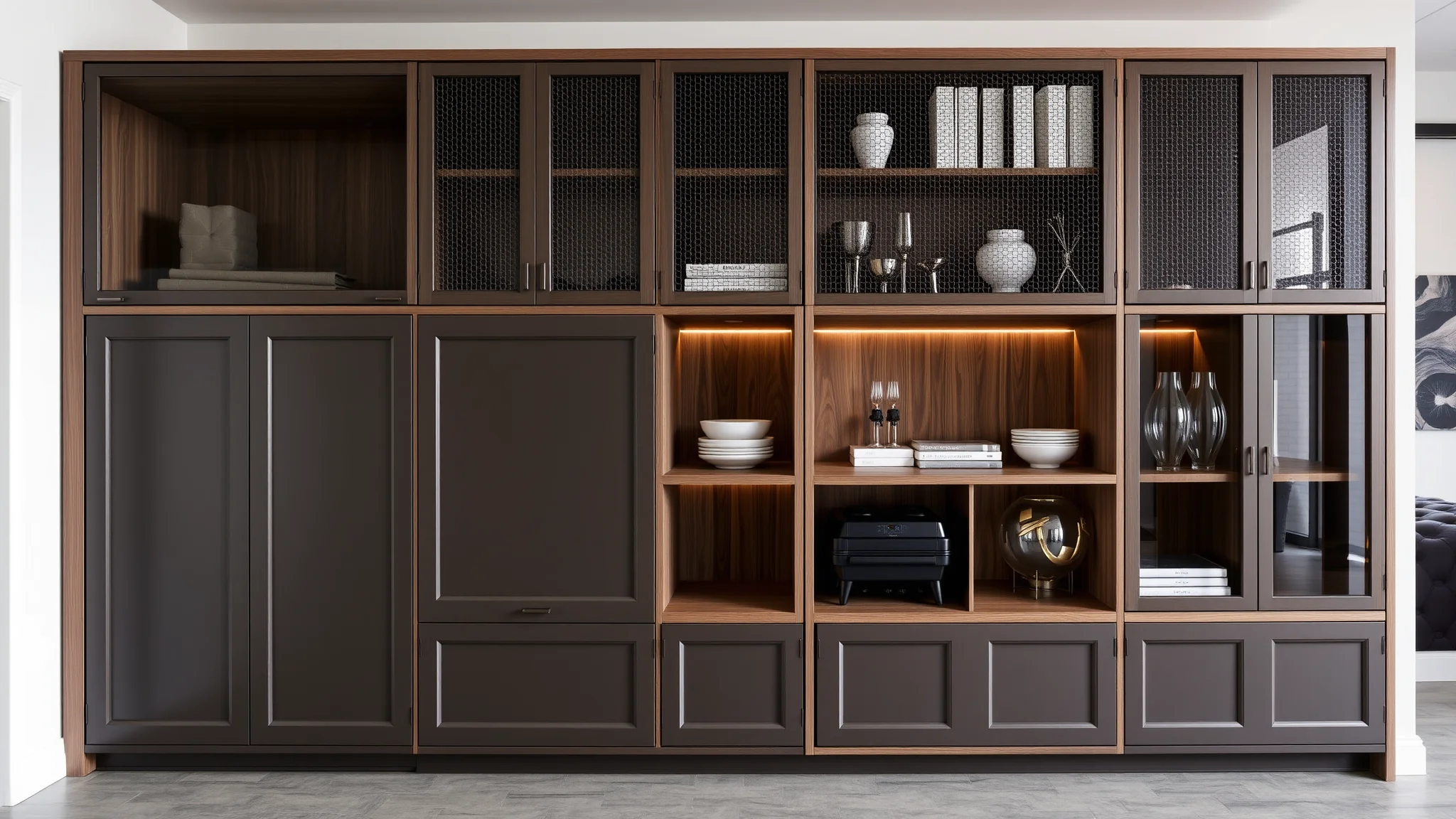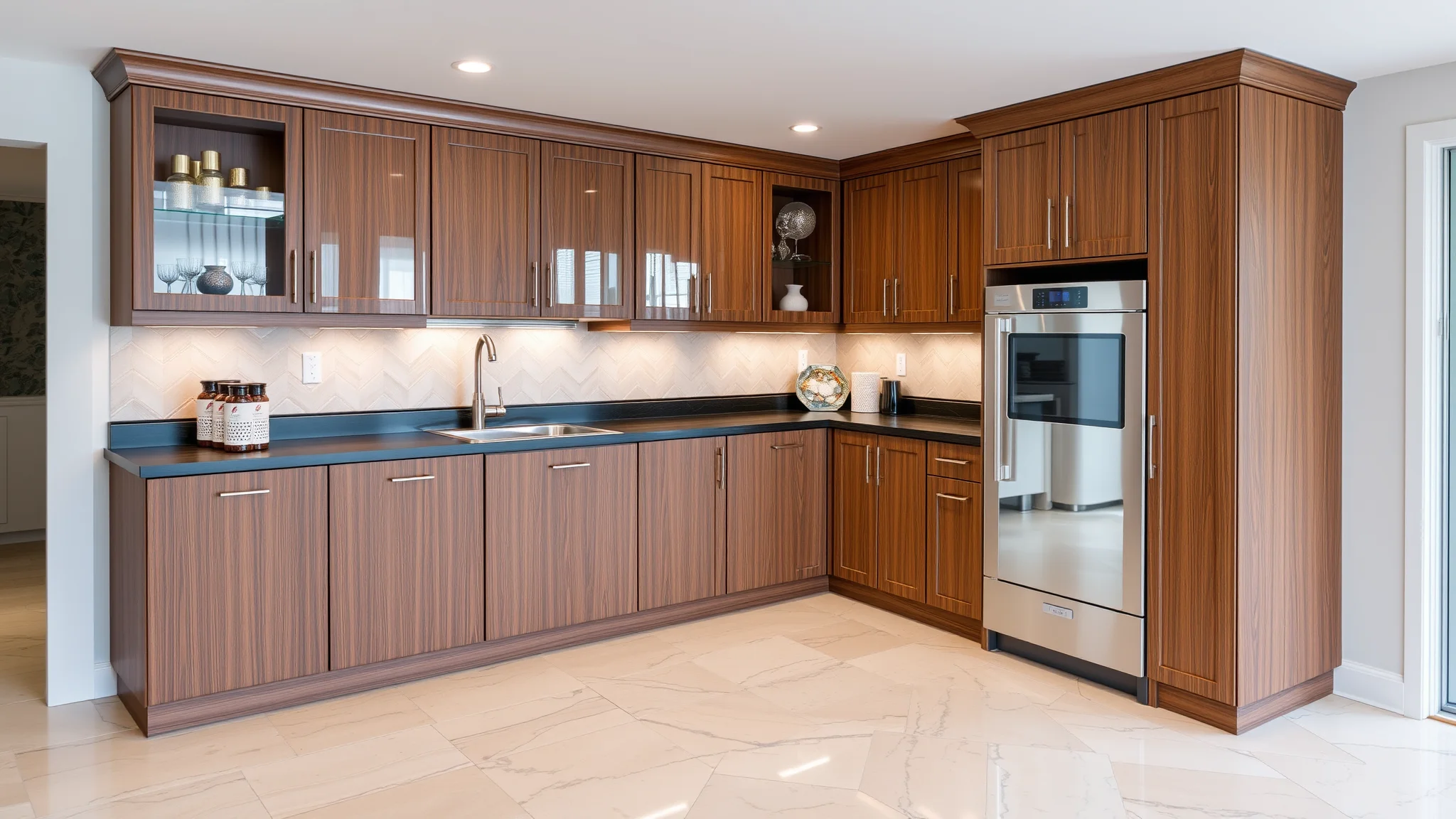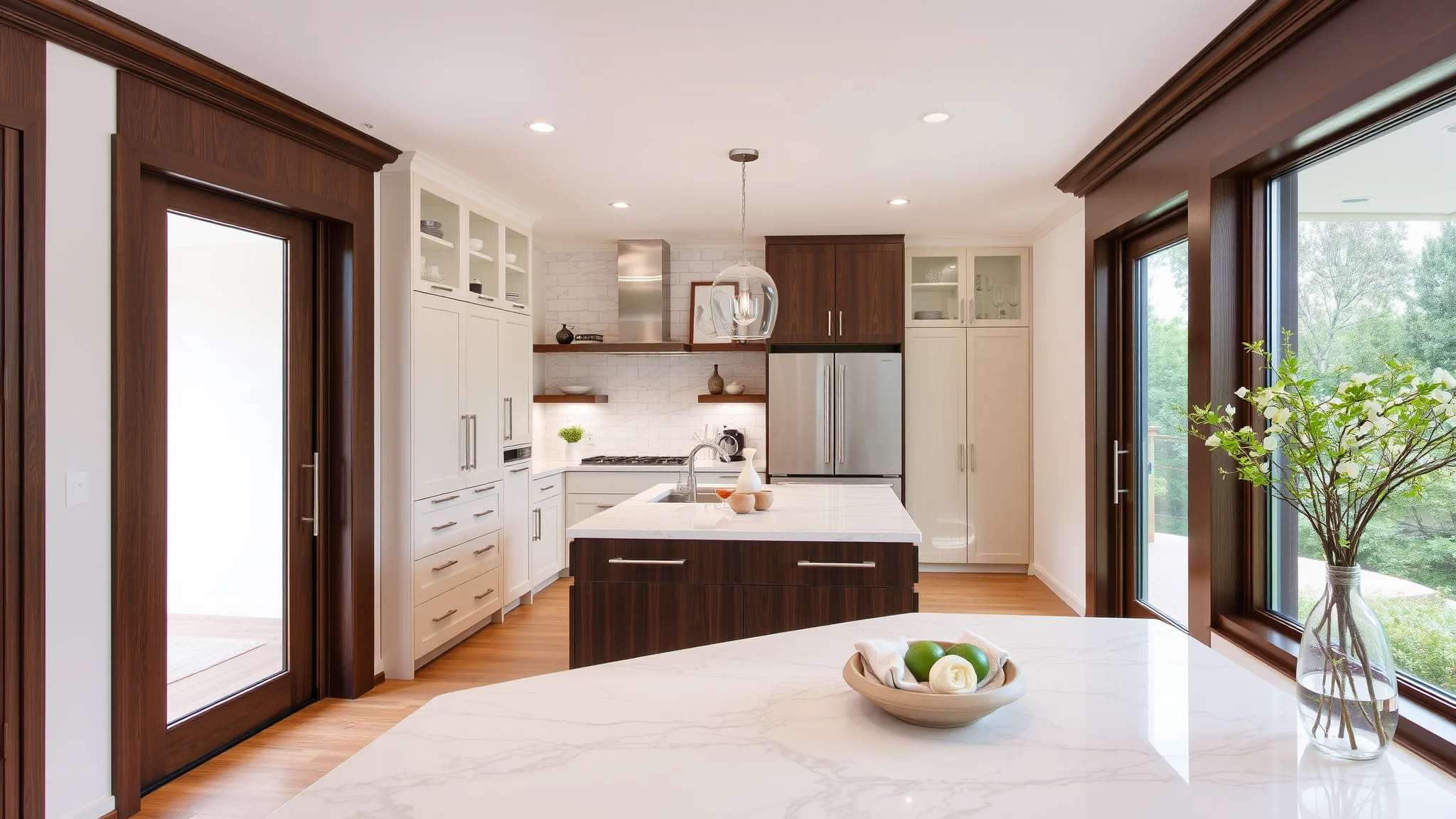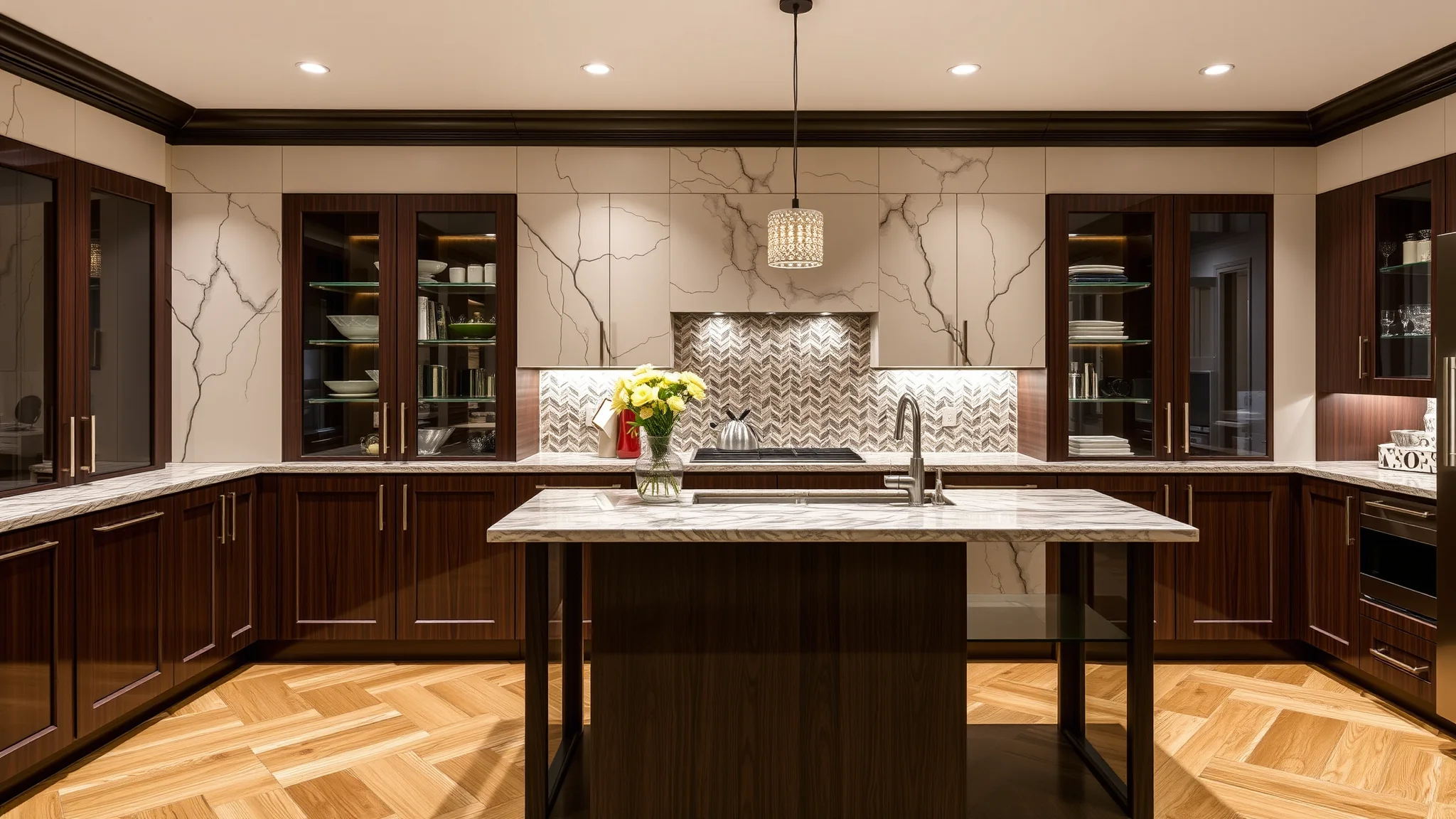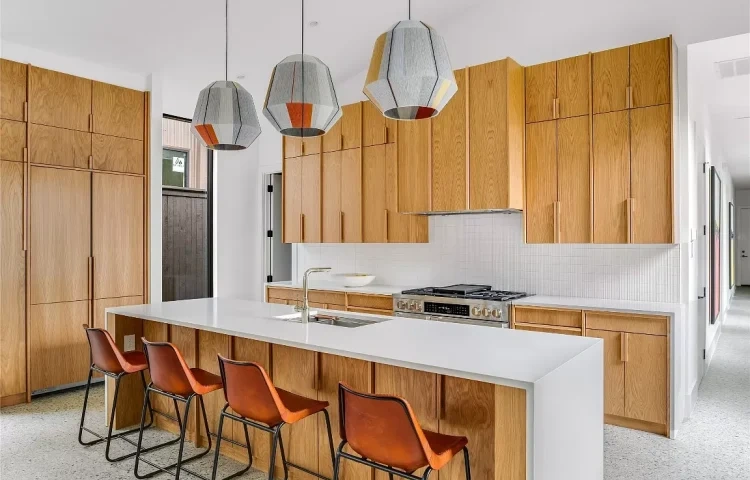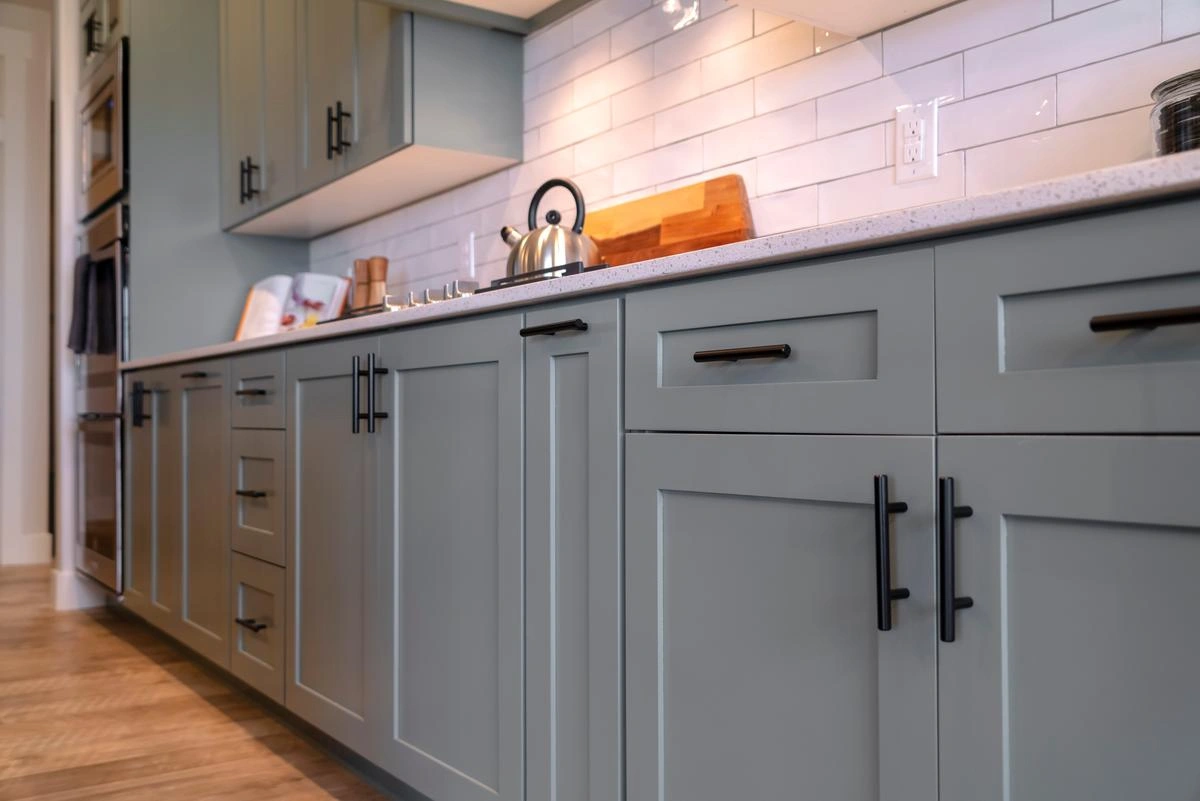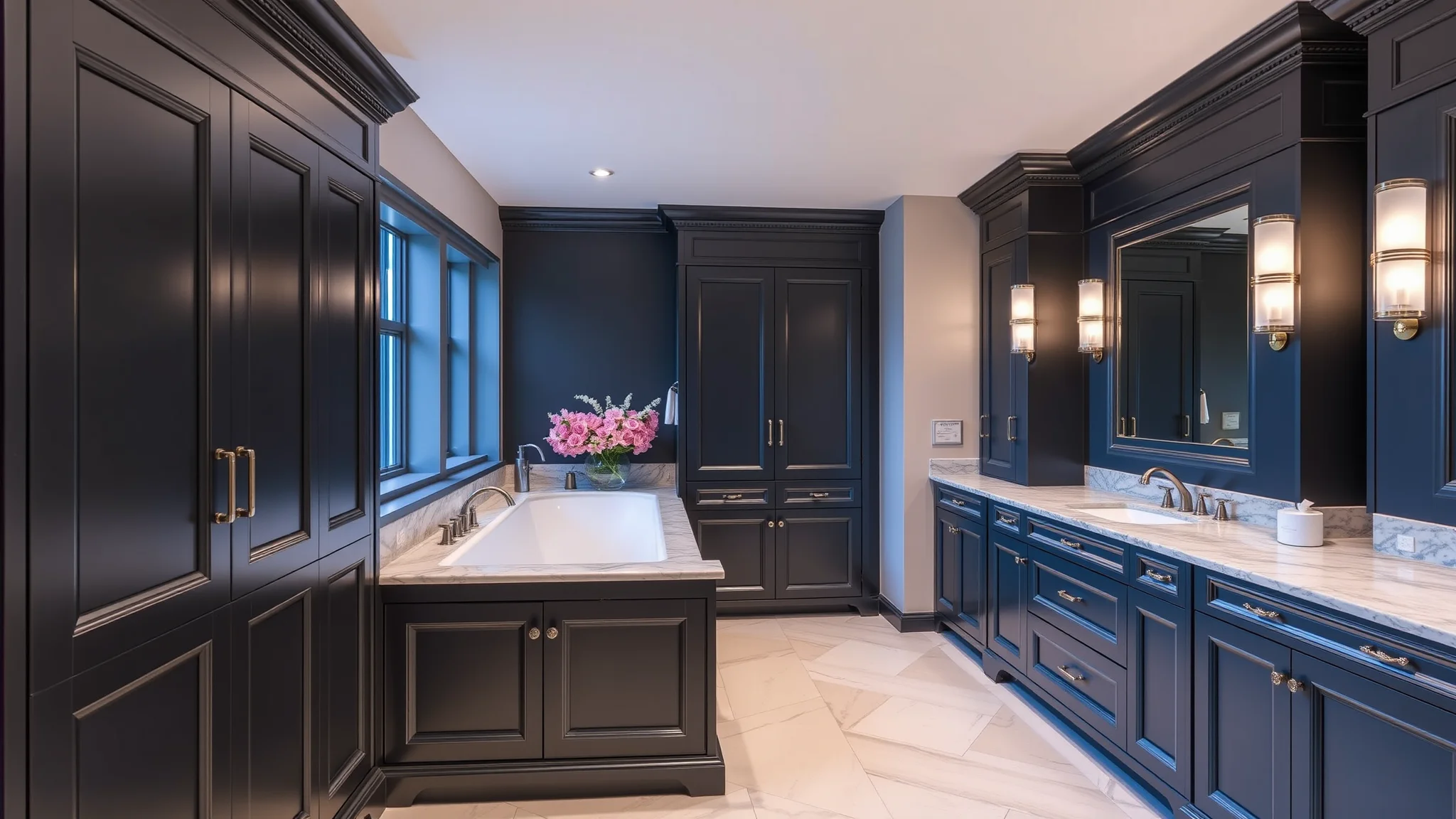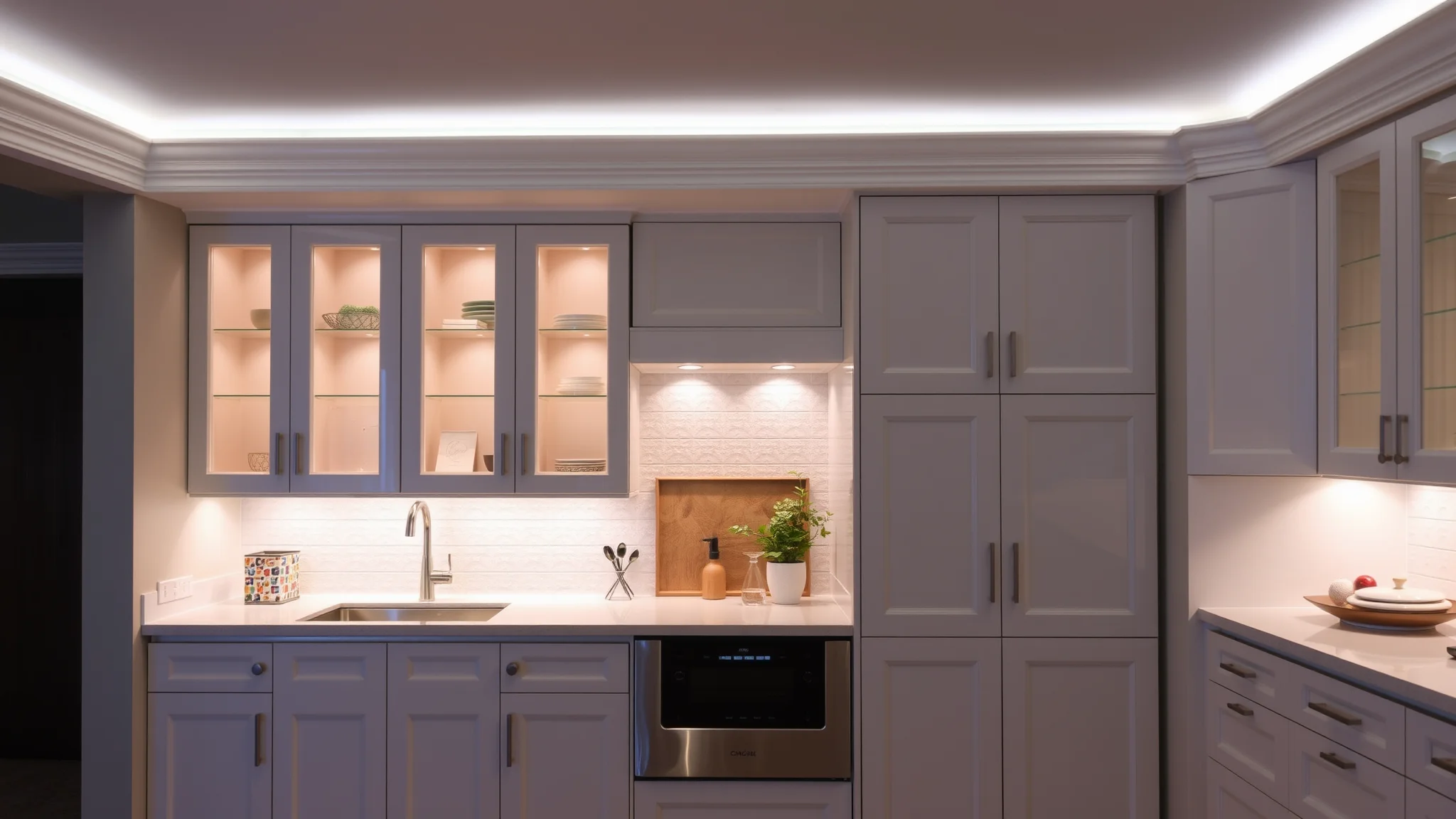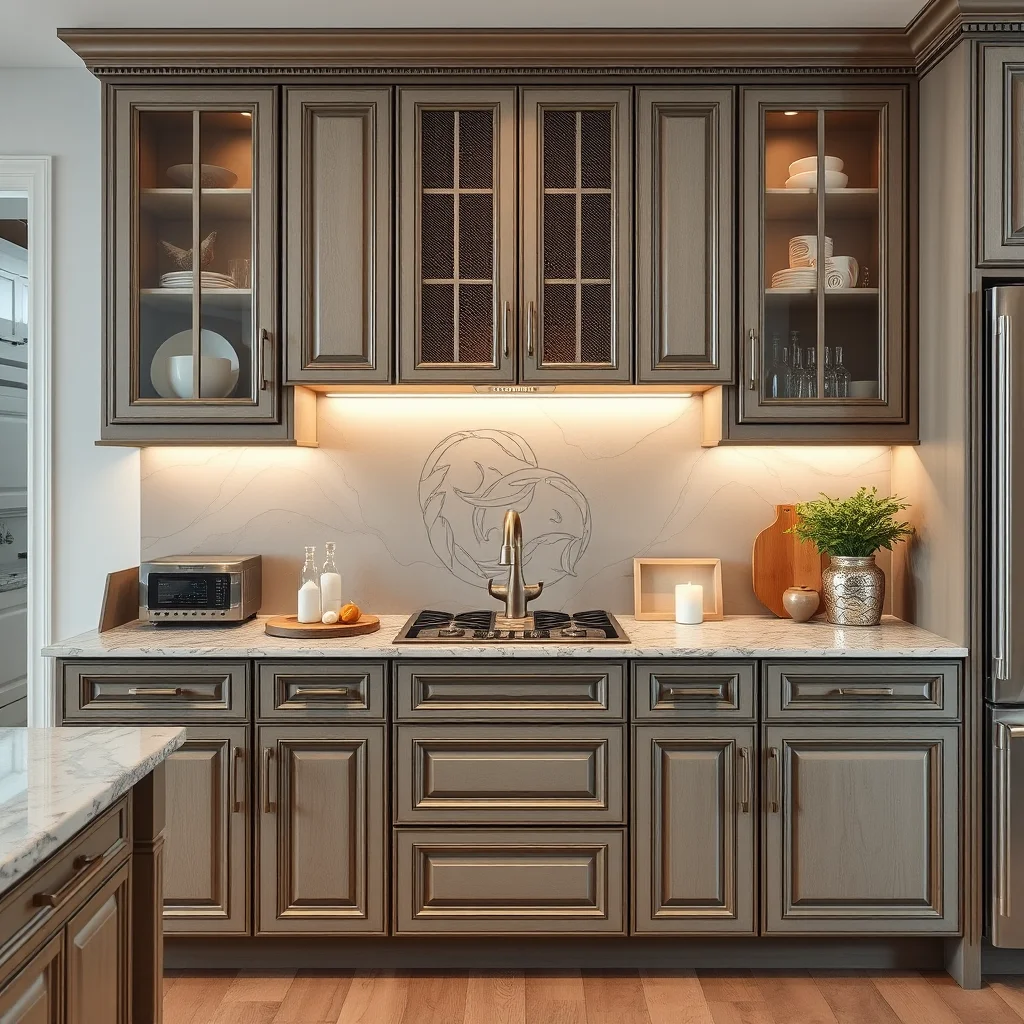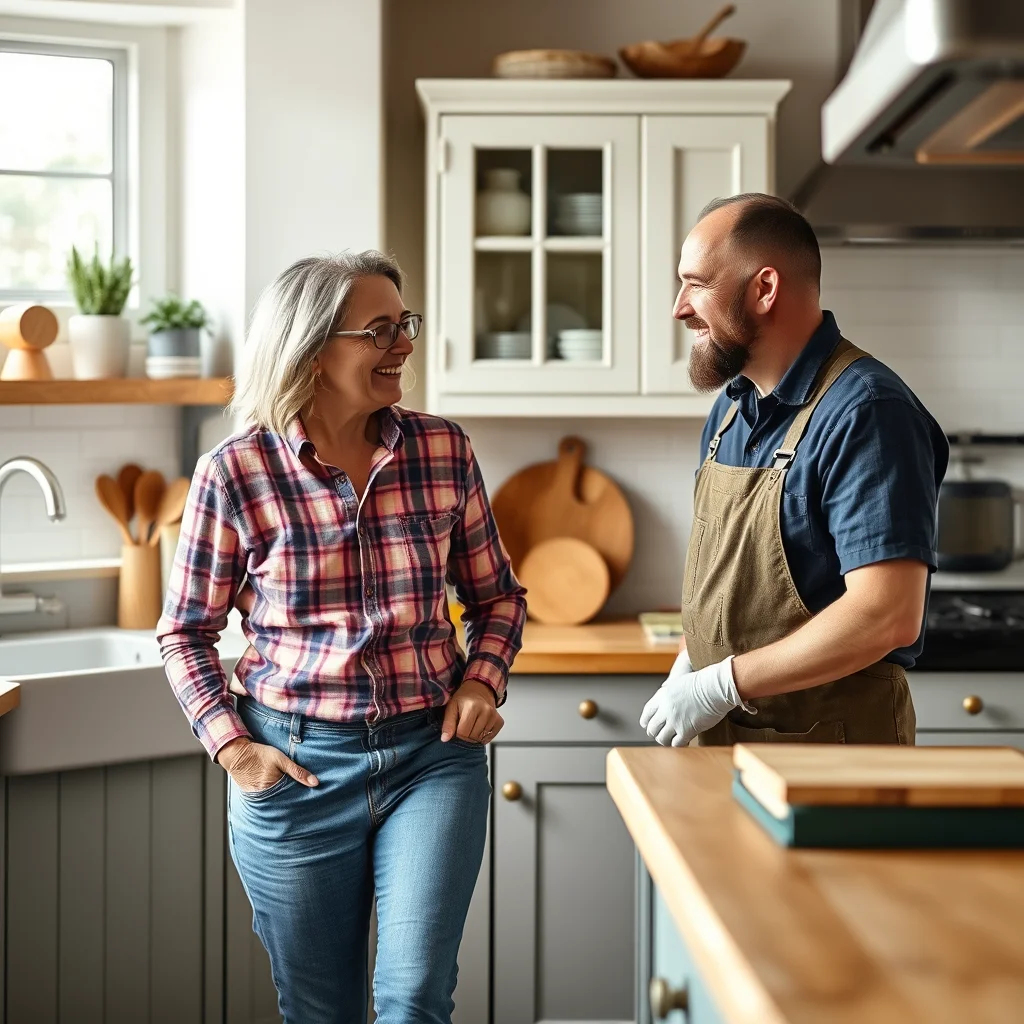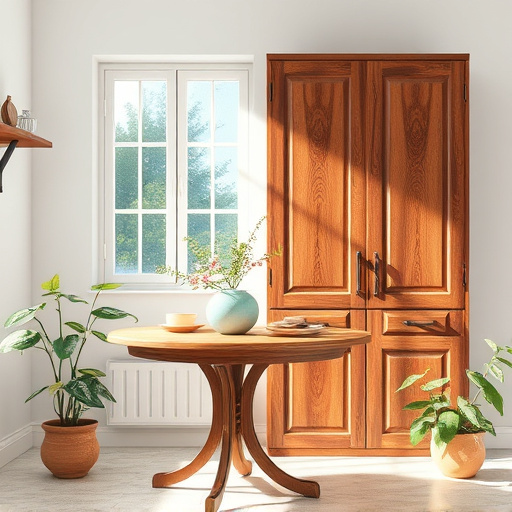
Can You Paint Over Stained Cabinets? Expert Tips & Tricks
Can You Paint Over Stained Cabinets? Here’s What You Need to Know!
Thinking about transforming your kitchen or bathroom but hesitant to rip out those old stained cabinets? Good news — painting over stained cabinets is not only doable but can be a game-changer in your home renovation journey. But before grabbing that paintbrush, let’s explore what it really takes to get professional-looking results and answer some common questions along the way.
Painting over stained cabinets offers an array of advantages:
- Cost-effective upgrade — No need to replace cabinetry entirely, saving hundreds or thousands of dollars.
- Instant style update — Choose modern colors or finishes for a fresh look that complements your decor.
- Preserves quality — Refresh aging or damaged wood with a new coat of paint, extending cabinet life.
- Customization — Easily modify your cabinet appearance to match your evolving style preferences.
Absolutely! With the right preparation and materials, you can successfully paint over stained cabinets. The key is to ensure proper surface prep to promote adhesion and durability. Skipping these steps might result in peeling or uneven finishes, which is why understanding the process is essential.
Here's a step-by-step guide to help you achieve a smooth, long-lasting finish:
- Remove cabinet doors and hardware: Take off all doors, drawers, and hardware to work thoroughly and avoid paint mishaps.
- Clean the surfaces: Use a degreasing cleaner or TSP solution to eliminate grease, dirt, and grime. Proper cleaning ensures the paint adheres well.
- Sand the surface lightly: Use a fine-grit sandpaper (around 220 grit) to scuff the surface. This step helps remove the glossy finish of the stain and creates a better grip for paint.
- Apply a bonding primer: This is crucial when painting over stained wood. A high-quality bonding primer, like oil-based or shellac-based primer, will seal the stain and prevent bleed-through.
- Paint with a durable finish: Use a high-quality paint formulated for cabinets, typically latex or oil-based. Choose a satin or semi-gloss finish for durability and easy cleaning.
- Seal and cure: Once painted, applying a clear topcoat can enhance durability. Allow sufficient drying time before reassembling.
Surface prep is the backbone of a successful cabinet painting project. When dealing with stained wood, the challenge is to ensure the paint adheres properly without peeling or cracking over time. Proper sanding, cleaning, and priming create a smooth canvas that transforms your cabinets beautifully. For additional insight into material selection, visit our article on best materials for cabinet doors.
Yes, but the type of stain matters. Most modern stained cabinets feature oil-based or water-based stains. Both can be painted over with appropriate preparation. Oil-based stains tend to bleed through lighter paint colors if not sealed properly, which makes primer crucial. Water-based stains are easier to cover, but still benefit from proper priming. When in doubt, testing a small area first is a smart move.
For stained cabinets, invest in high-quality, stain-blocking primer. These primers prevent stained spots from bleeding through your paint job. As for paint, choose a product designed for cabinetry like acrylic latex or alkyd paints. For added durability and a smooth finish, some homeowners opt for epoxy-based products or specialty cabinet paints. To learn more about durable finishes, check out cabinet refinishing with epoxy.
- Skipping proper cleaning or sanding — this can lead to peeling and uneven coats.
- Using low-quality primer or paint — results in poor adhesion and short-lasting finishes.
- Applying too thick of a coat at once — can cause drips and uneven drying; multiple thin coats work best.
- Not allowing adequate drying time — rushing the process can compromise the finish.
- Ignoring hardware and hinges — reassemble only after paint is fully cured to prevent damage or chipping.
Yes! If your stained cabinets look dated or worn, painting is an excellent way to modernize them. For a truly refined look, consider using high-end finishes like best wood finishes for cabinet upgrades. A quality paint job combined with new hardware and perhaps some decorative trim can make your cabinets look like a luxury renovation.
The time frame depends on the size of your project and drying times. Typically, the entire process — from preparation to reassembly — can take a few days to a week. Patience is key: giving each layer enough time to dry ensures a durable and professional-looking finish.
While DIY painting can be satisfying and cost-effective, professionals bring experience, proper tools, and access to high-quality materials. If your cabinets are heavily stained or you want a flawless finish, consulting a company like budget-friendly cabinets in Georgia or another expert can save you headaches and yield a better result.
- Clean regularly with gentle soap and water — avoid harsh abrasives.
- Address scuffs or scratches promptly to prevent further damage.
- Avoid excessive moisture to prevent peels or warping.
- Use cabinet-safe cleaning products to prolong finish life.
When planning your transformation, consider exploring our comprehensive guides on cabinet refacing doors to discover alternatives or enhancements to painting. For a complete makeover, DIYers might want to delve into different finishing techniques or explore the latest trending colors for cabinets.
While it might be tempting, skipping priming can lead to issues like stain bleed-through and poor adhesion. Primers are specially formulated to seal stains and create a solid base for paint, ensuring long-lasting results.
The best approach is to use a high-quality, stain-blocking primer. Applying a generous coat and allowing it to dry thoroughly before painting will significantly reduce the risk of stains showing through.
Water-based acrylic latex paints are popular for their ease of use and low odor, but oil-based paints offer a harder, more durable finish. Still, newer formulations have closed the gap, making water-based options very viable for cabinets.
Yes! Painting allows you to go from dark stains to light neutrals, bold hues, or trendy shades effortlessly. Just ensure proper priming and surface prep are followed for the best results.
If you value a flawless finish or have a large number of cabinets, hiring a professional can save time and guarantee quality. Experienced painters understand the nuances of working over stained wood and can deliver a finish that lasts for years.
Ready to give your stained cabinets a fresh look? Whether you DIY or hire a pro, with the right techniques, your cabinets can look stunning and totally transform your space.
